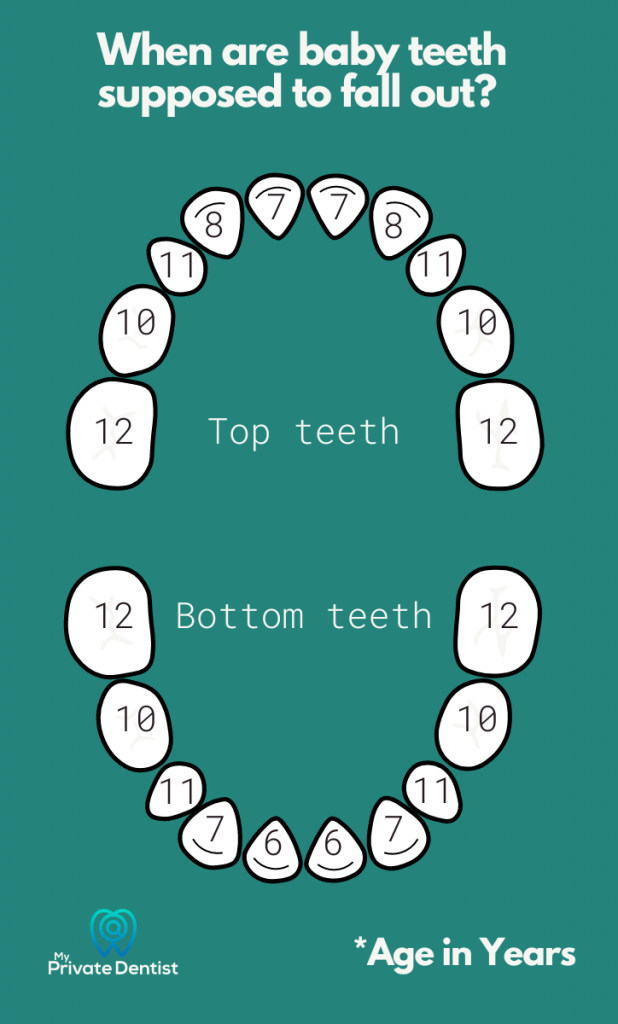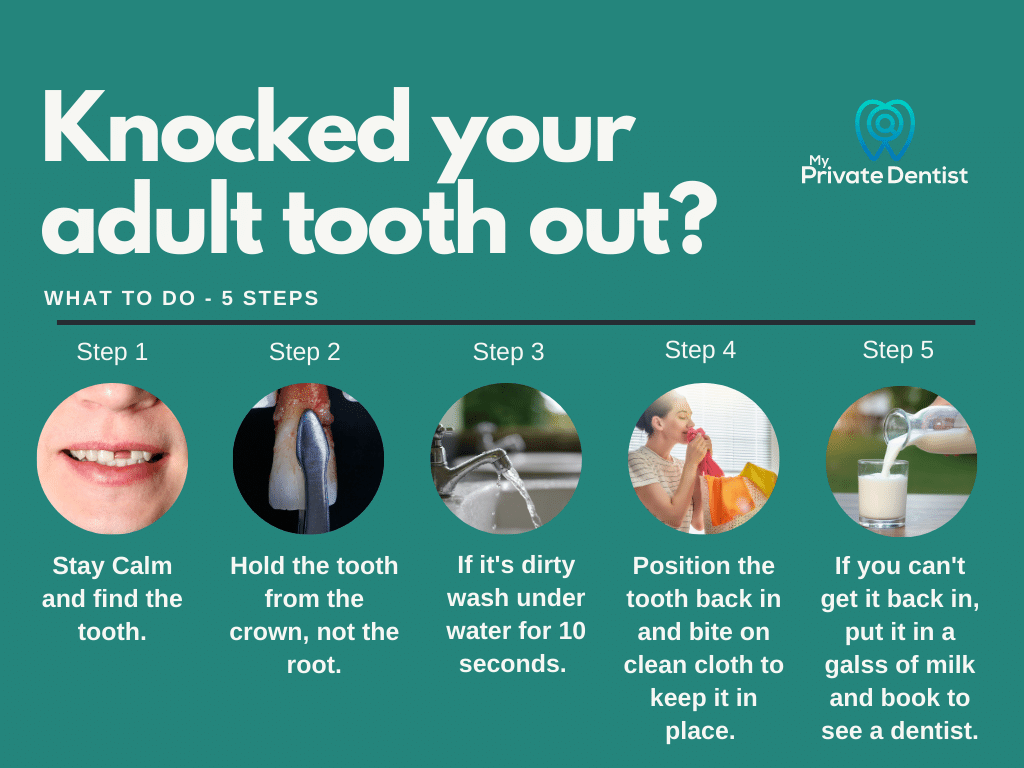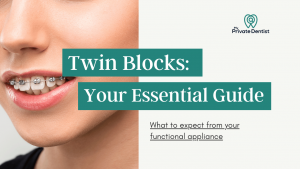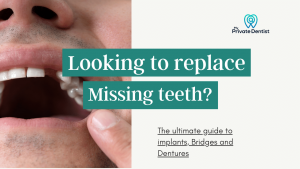Worried that your tooth is loose but still attached? Don’t ignore it! In a healthy adult’s mouth, teeth should not move. If you have a loose tooth, it could be a sign of gum disease, teeth grinding and injury. Visit your dentist as soon as possible: if treated promptly you may be able to save your tooth.
As a dentist, I frequently treat patients with loose teeth. While children may find it exciting, loose teeth in adults can be an alarming sign of an underlying problem. Good oral hygiene and regular dental visits are essential for healthy teeth and gums.
In this article, I will provide guidance on what to do if you’re worried about a loose tooth, and how a dentist can help.
Table of Contents
Loose Teeth in Children
As children grow and develop, their primary teeth (also known as baby teeth) are gradually replaced with permanent adult teeth. This process typically begins around the age of 6 and continues until the age of 12, during which time it is common for children to experience loose teeth.
While there are average ages for tooth loss, every child is different and may lose teeth earlier or later than expected.

If your child has a very loose baby tooth, it will often fall out by itself. To give it a bit of help, you can give it a gentle but firm twist, and then pull. Be sure to use clean fingers or gauze.
If a child’s tooth becomes loose earlier than anticipated due to trauma or injury, it’s important to visit a dentist straight away.
If the tooth is only slightly loose, it may firm up and recover. If the tooth is close to naturally falling out, a dentist may recommend waiting for it to come out on its own. In cases where extraction is necessary, the dentist may suggest using a spacer to preserve the space for the incoming adult tooth.
Regular dental checkups can help detect any potential issues and ensure proper oral health during this time of transition.
NOTE:
In some cases, primary teeth remain firm, and do not become loose way beyond the expected age. If the underlying adult tooth is missing, or growing in the incorrect position (ectopic), baby teeth can be retained. It’s important for all children to have regular checkups with a dentist for early detection of missing or ectopic adult teeth [1].
What to do if my tooth is loose but still attached?
Most importantly, schedule an appointment to see your dentist straight away.
Some steps you can take at home:
- Keep your mouth as clean as possible: make sure you’re brushing well to remove any plaque or food build up
- Salt water rinsing: Rinsing your mouth with a teaspoon of salt in a glass of warm water helps to reduce inflammation and keep the area clean
- Avoid touching or wiggling your loose tooth: This can make it worse
- Soft diet: Try to avoid biting down on your loose tooth
- Pain relief medication: such as paracetamol or ibuprofen (if suitable for you)
What will the dentist do about my loose tooth?
A prompt visit to the dentist when you notice that you have a loose tooth is essential for increasing the chances of being able to save it.
When my patient books an emergency appointment because their tooth is loose but still attached, I take this approach to find out WHY the tooth is loose.
A full history and special tests such as x rays of the loose tooth is important. The following information helps to make a diagnosis, and treatment plan:
- Medical History: Several medical conditions can predispose you to having loose teeth. Patients with poorly controlled diabetes are more likely to have gum disease. Pregnancy/menopause can also be a factor
- Social History: Smokers are more likely to have gum disease, and have less success with treatment
- Any pain associated with loose teeth: Or any other symptoms such as bad taste, disturbance to sleep, character of pain
- Time: Tooth becoming suddenly loose over a short time without any injury, could be a warning sign for a serious underlying cause such as a cyst or tumour
- Assess the tooth mobility:
- Stage 1: 1mm movement (can recover)
- Stage 2: more mobility moving back and forth (will need long term maintenance)
- Stage 3: very mobile, can move up and down in socket, as well as back and forth (usually have the worst prognosis as large movements mean minimal attachment to bone and periodontal ligament to keep it in place)
From this assessment, the dentist is able to determine the tooth prognosis, or how long the tooth is likely to last, and advise treatment options.
What causes a loose tooth? How can I treat it?
There are 7 main causes of a loose tooth:
Gum Disease
The most common cause of wobbly teeth. It is often characterised with red, swollen and bleeding gums, and gum recession, which progresses to teeth mobility.
When plaque builds up on teeth, bacteria can accumulate and cause inflammation in the gums.. If left untreated, the bacteria can progress under the gums and destroy the periodontal ligament and bone that holds teeth in place. Over time, teeth are no longer firmly attached in bone, and they become loose.
Risk factors for gum disease include smoking, poorly controlled diabetes, hormonal changes during pregnancy or menopause, and a family history of early loss of teeth.
At Home Treatment: Practise excellent oral hygiene. Brush twice daily for at least 2 minutes with an electric toothbrush focused on the gum margins. Use an antibacterial mouthwash daily (at a different time to brushing) and floss daily. (How to floss)
Dentist Treatment: Your dentist will highlight your risk factors for gum disease eg, smoking, and offer helpful advice to improve. Options for gum disease include deep cleaning,or periodontal treatment, which can help flush out bacteria from the gums. Non-surgical treatments are typically attempted first, but surgical periodontal treatment may be necessary if there is inadequate improvement.
Infection
A long-standing infection of a tooth (endodontic) or gum (periodontal) can lead to tooth looseness. These infections can result from deep decay or gum disease, and if left untreated, the infection can spread and damage the surrounding tissues and bone, ultimately causing the tooth to become loose.
Treatment: A dentist may advise root canal treatment for an infected tooth. In cases of gum infection, deep cleaning or periodontal treatment may be necessary to remove the buildup of bacteria and plaque from below the gum line. Your dentist may also prescribe antibiotics to help fight the infection.
Teeth Grinding
Excessive teeth grinding, or bruxism puts a lot of pressure on teeth and surrounding ligaments. If, when you bite, excessive force is concentrated on a particular tooth, this can lead to some looseness, or fremitus. Teeth can drift as you get older, and you may develop mobility caused by teeth grinding later in life.
Treatment: Your dentist may gently smooth down the affected tooth to alleviate pressure. Wearing a mouthguard can also help protect your teeth from wear and prevent further damage. If stress or anxiety is contributing to your teeth grinding, meditation and relaxation exercises may help alleviate the underlying causes of the issue.
Loose Crown/Filling
If you’re experiencing tooth looseness and it’s limited to the top of the tooth, it’s possible that a filling or crown may be loose and need to be replaced. This may be particularly true if the tooth has had previous restorations, such as a crown and/or a post, which can sometimes become loose or damaged over time.
Treatment: Your dentist may recommend replacing the filling or crown to address the issue. In some cases, if the tooth has fractured, your dentist may need to remove the previous filling and replace it with a new one.
Injury/Trauma
Falling or knocking a tooth with impact, can cause a tooth to become loose.
Treatment: It is important to get an emergency appointment to see your dentist straight away. Here are some ways to address loose teeth caused by injury or trauma:
- Splinting: In some cases, a dentist may use a splint to hold a loose tooth in place while it heals. This involves attaching the loose tooth to the surrounding teeth with a composite resin and wire.
- Repositioning: If a tooth has been knocked out of place due to trauma, a dentist may need to reposition it before splinting it in place.
- Root canal treatment: If the tooth dies off as a result of trauma, it may need root canal treatment to prevent further damage and potential tooth loss.
- Regular monitoring: If a tooth has become loose due to trauma, it’s important to have regular follow-up appointments with a dentist to monitor the tooth’s progress and ensure that it’s healing properly.
Braces
During orthodontic treatment, braces apply pressure on teeth to move them into the desired position. This can cause the teeth to feel loose, but it is usually a temporary and expected side effect of the treatment.
However, in some rare cases, the pressure can cause root resorption, which is when the roots of the teeth start to break down. This requires close monitoring by an orthodontist.
Treatment: If significant root resorption occurs, the orthodontist may recommend taking the braces off early to prevent further damage to the roots. In some cases, additional treatment, such as a root canal or even tooth extraction, may be necessary to address the damage caused by the braces.
Cyst/Tumour
While very rare, cysts and tumours can sometimes cause teeth to become loose, particularly if they develop in the jawbone. These growths can sometimes be detected on dental x-rays as bony deficiencies. Certain cancers can also cause tooth mobility.
Treatment: If a cyst or tumour is suspected, a dentist will refer you an oral medicine specialist. The growth may need to be biopsied and removed, depending on the type and location. It is important to note that many cysts are benign, but early detection and treatment are key to ensuring the best possible outcome.
I’ve fallen and my tooth has come out. What should I do?
Immediate guidelines if a tooth has come out due to trauma or accident [2]

- Stay Calm
- Pick up the tooth from the crown. Try not to touch the root
- If it is dirty, briefly wash it under cold water- no more than 10 seconds
- Position the tooth back in the socket, and bite down on gauze to keep it in place.
Note: If you’re unable to reposition the tooth, place the tooth in a glass of milk, or in a container with some spit and go straight to your dentist. The quicker the tooth is repositioned, the higher chance of success.
Replacement options for a missing tooth
Unfortunately, some teeth are unable to be saved and your dentist may recommend an extraction. You do have some options if this is the case
Accept the space: If in a non-aesthetic area, or the gap doesn’t bother you it is perfectly healthy to leave a space
Denture: You can opt for an immediate denture to be placed as soon as the tooth is extracted. The denture may be ill-fitting over 3-6 months as your gums change shape as they heal after an extraction. Can then have a replacement denture.
Bridge: For a more fixed option, you could have a bridge. There are two types: a resin retained or ‘sticky bridge’ which often requires no tooth preparation and is attached to the tooth next door. A conventional bridge requires preparation of the adjacent tooth, but can be a good option if that tooth has been already heavily filled.
Implant: Closest substitute to a natural tooth, although it does require invasive surgery. Screws are implanted into your jaw bone to replace missing teeth. Need to have adequate bone levels and no active gum disease.
Preventing teeth coming loose
By practising good oral hygiene habits, addressing any dental issues promptly, and taking steps to protect your teeth, you can help prevent tooth loss and keep your smile healthy for years to come.
Here are some tips to prevent teeth coming loose.
- Brush and floss regularly: Brush your teeth at least twice a day and floss daily to remove plaque and food particles that can contribute to gum disease and tooth decay.
- Visit your dentist regularly: Regular dental check-ups can help catch any dental issues early and prevent them from becoming more severe.
- Address dental issues promptly: If you experience any dental issues, such as tooth pain, sensitivity, or gum disease, see your dentist as soon as possible to address the issue before it worsens.
- Wear a mouthguard: If you grind your teeth or play contact sports, wearing a mouthguard can help protect your teeth from damage.
- Avoid smoking: Smoking is a risk factor for gum disease and can lead to tooth loss.
- Eat a healthy diet: Eating a balanced diet that’s low in sugar and high in nutrients can help keep your teeth and gums healthy.
What should I do now?
If your tooth is loose but still attached, it can be a cause for concern. However with prompt dental care, it’s often possible to save the tooth and prevent further damage. Remember, good oral hygiene and regular dental visits are essential to maintaining healthy teeth and gums. Don’t let nightmares of losing your teeth become a reality – take action today! Find a dentist to help you protect your dental health.



